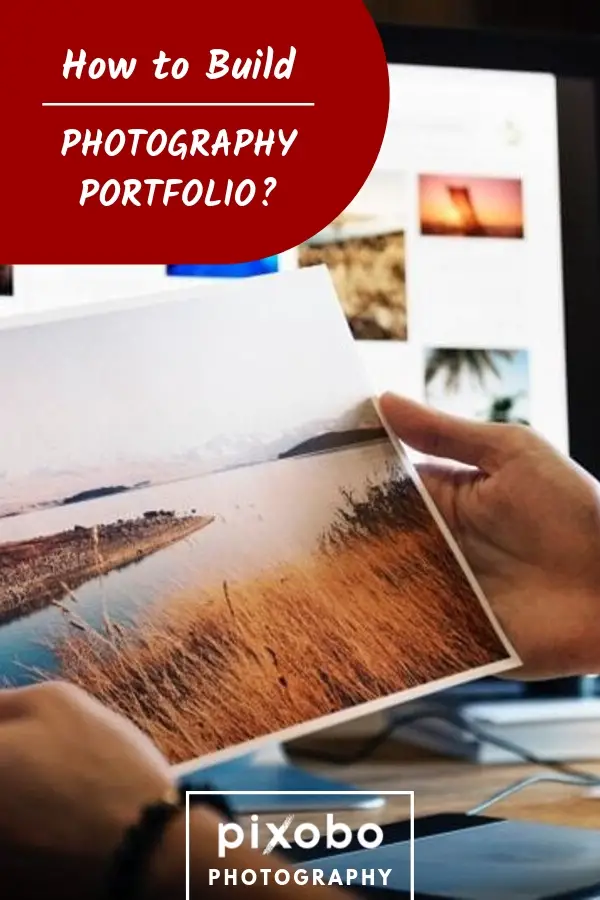One of the major highlights of the photographer’s career is a top-quality photography portfolio. How to make an excellent portfolio is also one of the greatest crossroads or challenges one may face as a photographer. This is because a bad photography portfolio will not only paint you as a poor photographer but also put you at a disadvantaged position in attracting clients or sustaining existing customers. An average photographer with a top-quality and simple photography portfolio may attract better ratings than an excellent photographer with a poor portfolio. Therefore, an excellent photography portfolio may be all it takes to make a difference in your photography career. Do not worry whether you are a beginner, intermediate or expert in photography, we all got it packed for you right here on how to build a photography portfolio for yourself and blaze on.
What’s a Photography Portfolio?
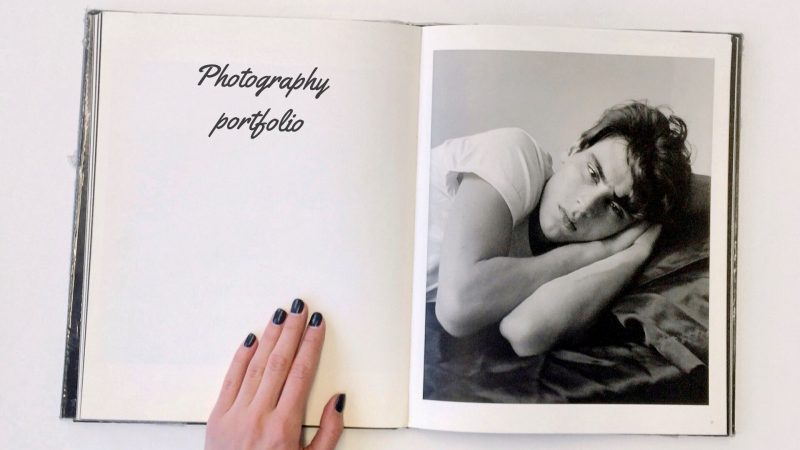
Simply and practically, a photography portfolio is a collection of your best work aimed at drawing the attention of potential clients and also to share your work with viewers and admirers. It is a creation of carefully selected series and timelines of your work, experience, perspective and photography philosophy.
The most important goal of a photography portfolio is to draw clients over. Something quite similar to this in the movie industry is the ‘Director’s Reel’.
9 Tips on How to Build a Photography Portfolio
So, here are the few tips on how to build that perfect photography portfolio you have always dreamed of.
1. Digital or Hardcopy

One of the foremost crucial decisions you have to make is whether you want your portfolio to be on paper or purely on the screen (digital). With the use of the introduced technologic formats such as JPEGs, PDF, slideshows, and websites or blogs into photography, portfolios can be created digitally and still be awesome. This enables you to share these links with whomever, which is very convenient, easy and fast. However, a traditional portfolio still gives the feel of originality especially to clients of the older generation.
Some argue which of these is better but we won’t really go into that debate. There is no rule that says you cannot make your portfolio both digitally and hardcopy. Whether the hardcopy is a complete replica of the digital one or it is slightly different makes no difference. You are better off as you can explore the benefits of both, without putting yourself at any disadvantage. You can email the links to clients who can easily access it and show the hardcopy to anyone who drops by your studio or when bidding for a job. Two birds down with a single shot.
2. Purpose of Creating a Portfolio?
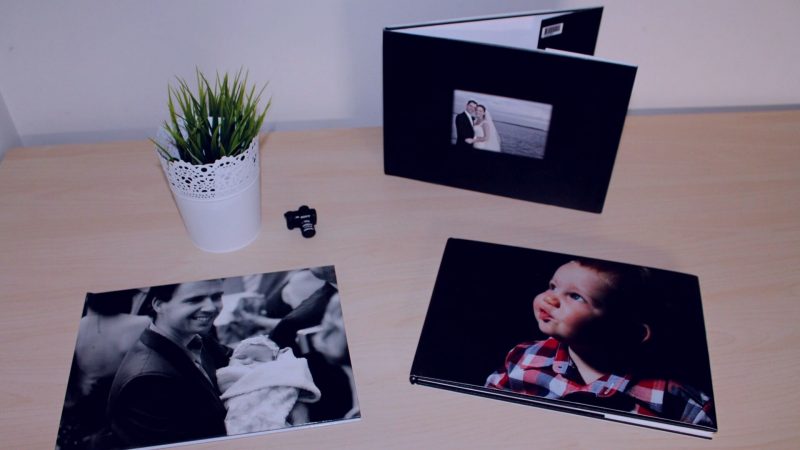
A portfolio is usually made to achieve a purpose. Whatever you define as the reason for you to develop a portfolio is what is going to give you the exact direction of the portfolio and the pictures you will be selecting. So, are you building a portfolio for a pure artistic exhibition or for an interview or just for you to have a personal collection? Whatever the reason is, if well defined, it will help you structure your portfolio. For instance, a portfolio designed for an exhibition will most definitely portray your style, philosophy and specialty in photography. A portfolio designed for a job interview will be tailored towards the photoshoot you want to be hired for – an intending couple would not be expecting you to show up with a portfolio that has many images of nature or animal photography.
The purpose of the portfolio is fundamental and it will give the viewers the underlying theme of the project.
3. Design & Photographic Style

Every artist has his own style or perspective about his own art. Your own perspective of telling the viewers the story behind each shot. It may have been made popular by another fellow or probably uniquely discovered and developed by you. Once you have identified the purpose of the portfolio, it is much easier to outline the style and design you want the portfolio to be in. What size do you want your shots to be in? Think about shape and paper quality. The background of the page which you would set each photograph must match the mood of such a photo. Consistency is key! What style do you want them to see?
Also, you must decide what design (manner of presentation) you want the whole portfolio to be in, whether digital or hardcopy. You can design quite a beautiful front page or just get a graphics designer to do it for you. However, it must align with your style. Throughout the portfolio, you should never use shots that contradict the style you set out to portray. Remember, this is for an artistic purpose and it must be done to a particular exotic taste.
As a new photographer, do not worry if you do not have that kind of expertise yet. Keep compiling and consider shooting free for family, friends and low paid jobs. As you do so, you will have a better collection and eventually, you will improve more. Focus on developing your style, techniques and grasping more knowledge about the field. Just then, jumbo paying clients will certainly contact you.
So, decide what style and design you want the portfolio to be in and be ready to take the next big step.
4. Choice of Shots

This is probably the biggest problem of any artist. While it is easy to screen out shots you dislike or those you consider unfit, it may be quite challenging to pick out the ones that should objectively, be in the portfolio. This is because photographers usually take into consideration the time, effort and the setting of a particular shot rather than its relevance in the whole portfolio. So, at this stage, it is always great to get a photographer-friend to help in your selection.
Your portfolio may follow different trends. What I mean is that you may choose to display shots to tell a whole story based on a single unifying theme. Also, you may select shots to display the various skills and techniques that you have mastered. Don’t be tempted to add all of your beautiful shots. You must constantly stay objective to the reason behind the portfolio and the outlined design. To achieve this, you may start with a large volume of your shots at first and trim it down to a hundred and then maybe to fifty photographs.
5. The First Shot and the Last

Do you believe first impressions last longer? Then you must know that your first shot (which may not necessarily be your best picture) must be the most captivating. It must be totally attractive and irresistible. However, you must sustain this tempo throughout your work and never reduce quality. Once you have found a compelling photo for the first page, think of another to select that will be emotional, beautiful and breathtaking to say goodbye to the viewers. You need to hold them spellbound. But don’t worry if you are just starting out as a photographer. You can still make a fine impression with your shots.
6. Organization

One of the most attractive features of a good portfolio is proper organization and arrangement. Your portfolio should come in segments, well arranged and following their sub-themes strictly. For instance, you should not include a landscape shot between photo segment dominated by family photos. It would be out of place.
Also, you need to anticipate the kind of reaction the majority of your audience would have once they set their eyes on the shot. Arrange the shots to generate a particular mood. You can organize them in such a way that the excitement keeps building up as they switch from one shot to another and there are no breaks between such moods. Remember that a badly organized portfolio will definitely not bring the desired results.
It is perfectly okay and better if you can create categories and place albums under each one, so your viewers know exactly where to click or look to find what they want. It is much better and cleaner that way.
7. Title & Description
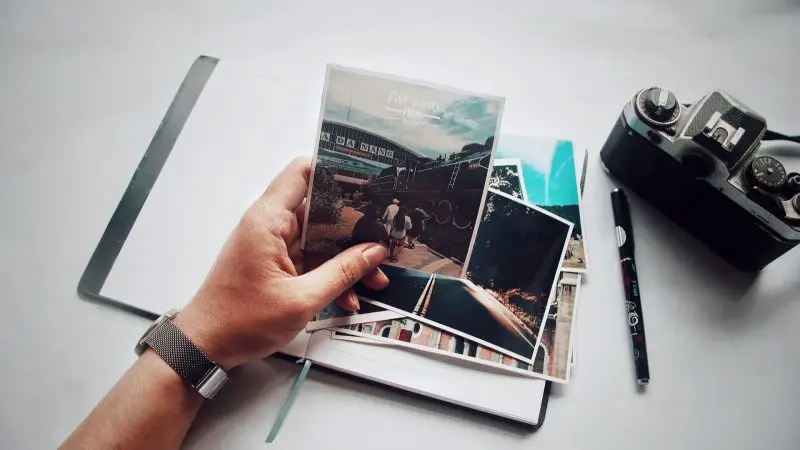
This refers to your headings, captions, the inspiration for the shot (background), essence or short details. This will help your audience more. They will understand your style and perspective. They will also be able to relate with the portfolio as though they were just beside you or knew what was going on in your mind as you took the shot. There is no hard and fast rule about what to exactly include but some factors/details to include are:
- Captions for the shot
- A statement on the inspiration or concept of the shot
- Date and location of the shot
- The angle of the shot
- Small details on the lens and range.
As I said earlier, there is no hard and fast rule about it but one fundamental guide about doing this is that you must keep all your details very brief and concise. No unnecessary appellations or information. Put up something that can probably be read by just a glance.
8. Search Engine Optimization

You should not overlook this if you are preparing a digital portfolio. You can create a beautiful site and include your portfolio but how is anyone going to find you if there are over a hundred blogs doing what you do? Maximizing the search engine operations is a must. Use search engine friendly URLs, unique tags, keywords, crawl-able content to help people search for you, rate your site and reach you easily. These features will drive more traffic to your enterprise and you will have SEO to thank for it.
9. Get Feedback
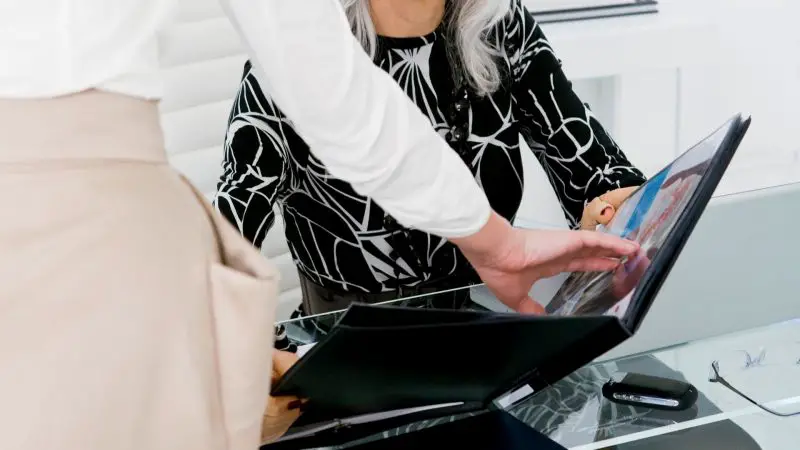
Like a wise man once said, “We are not growing if we are not learning from mistakes – ours and others”. The importance of feedback on your portfolio can never be over-emphasized. As photographers, and artists generally, what we personally think is a great idea or beautiful shot may not really be so great or beautiful and we can only get to know this when we listen to critiques. It is crucial not only for improvements in your portfolio but for your career as a photographer also. So, get feedback from viewers and make adjustments accordingly. It will serve you well and you will end up having a beautiful and fantastic photography portfolio.
Lastly, if you think that you still need help or some professional touch to your portfolio, you can contact some professional photo editing services or consultants to help you out or just take a deep breath and read this article again. If you desire excellence, it is worth it.
If you have actively read this article, then you have discovered that building a photography portfolio is not so difficult task as you would have thought it was. If you can carefully take these steps we provided you within this article, you will achieve nothing short of a professional and good quality photography portfolio patterned in your style and your brand. Best of luck!
Related: Pinterest For Photography Business: Best Platform For Photographers?
